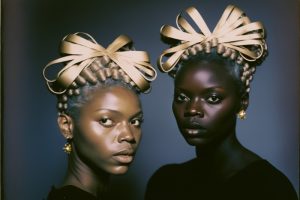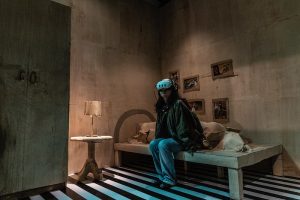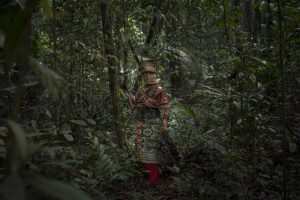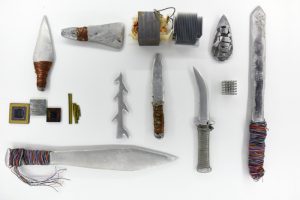Volume number 20 is out! The theme of the quarterly magazine about architecture and urbanism is Storytelling: This past year numerous dramas have competed for our attention: sub-prime mortgages, banking meltdown, bailout, stimulus, pandemic, bankruptcy. The all-consuming effort to follow these events seldom leaves a moment to contemplate the explanations themselves. What is the stated dilemma, context or motive for any one of these problems? And most importantly, how does a problem’s formulation determine its proposed solution? Volume 20 is dedicated to the art of storytelling. It presents the storylines of current events and architecture to show that while the truth is important, so is the ability of fiction to elevate fact. Perhaps the best way to understand our era is through narratives that distort, pervert and animate reality?
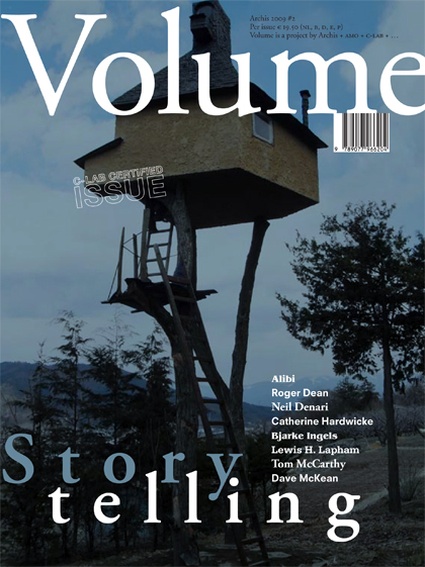
Volume’s moto is To Beyond or Not to Be, its mission is to go beyond architecture’s definition of ‘making buildings’, to reach out for global views on designing environments, advocate broader attitudes to social structures, and reclaim the cultural and political significance of architecture. The content of this issue illustrates this spirit in the most flamboyant way. It goes in many directions you wouldn’t have imagined possible, i even met Jean Des Esseintes on page 38, Tokyo people fully dressed and asleep in public place on page 22 to 25 and i discovered the work of Dave McKean further on. Put together, the articles, essays and interviews draw a kaleidoscopic and absorbing picture of the crisis and the directions that could be taken to face it in the most sensible (albeit sometimes unanticipated) way. The design and graphics of the magazine are very seducing, although sometimes a bit over-complicated.
A small selection of what’s inside Volume, Storytelling:
Bjarke Ingles presents a comic strip-like portrait of Welfairytales, BIG‘s Danish pavilion at EXPO 2010 (video), there’s a small feature on La Casa del Carbonero, or the Charcoal burner’s hut (1999) by Smiljan Radic, Geoff Manaugh takes as a point of departure Todd Hido‘s photography’s series Foreclosed Homes to suggest how a world falling apart could be made of stained carpets in empty houses rather than big fires and warfare. Meanwhile, an interview of Economist Andrew Oswald explores the dichotomy between homeownership (thus investing in stability) and rentership (favouring thus flexibility).
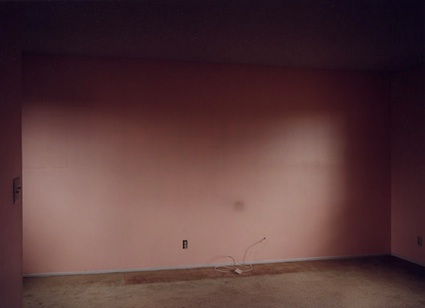 Todd Hido, 1922a, from the Foreclosed Homes (Interiors) series
Todd Hido, 1922a, from the Foreclosed Homes (Interiors) series
An article focusing on the Biosphere 2 shows how its own crisis echoes debates over research priorities, ecosystem construction and resource distribution.
One of the essays’ embarks on an endless vacation with the so-called ‘gray wave’ and in particular the pioneering urban formulas offered to the new, dynamic and nimble third age. Sun City is at the forefront of experimental retirement communities. Sunny retirement paradise proved to be commercially successful and developers are pushing the model to almost hysterical extremes. Life in The Villages, Florida’s Friendliest Retirement Hometown is built as a Disneyworld for active retirees, and designed to replicate the villages and small towns residents had known in their childhood. At the other side of the spectrum, the Huis Ten Bosch retirement community doubles as a theme park. It recreates the Netherlands by displaying real size copies of old Dutch buildings, right in the middle of the Nagasaki Prefecture in Japan.
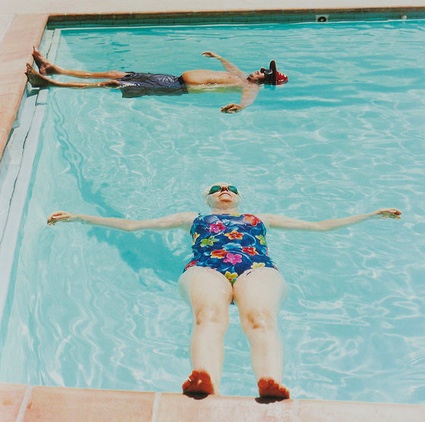 Peter Granser‘s Paar im Pool 2 (Couple in Pool) (2000).Courtesy of Yancey Richardson Gallery
Peter Granser‘s Paar im Pool 2 (Couple in Pool) (2000).Courtesy of Yancey Richardson Gallery
In a fascinating interview, Environmental Geographer Robert McLeman sums up the tension between today’s ease of mobility and the stability of settlement. He compares the forces that came together to stimulate immigration at the time of the Dust Bowl with today’s situation of ‘market-induced house arrest’ and tomorrow’s urge to migrate due to the effects of climate change.
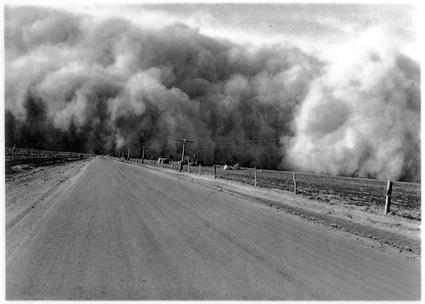 (image)
(image)
A 16-page supplement analyzes how Warren, Michigan get get its American Dream back through pragmatic community-based projects.
And because the theme of this issue is Storytelling, C-Lab narrates their own tale, the one of the ostrich that saves the life of the technostrich, a robot made at her image. Volume team also meet with news reporters and experts in journalism to discuss key aspects of story telling: how news stories are told, how the ones we read in prints are different from the ones we watch on tv, how narrativity doesn’t naturally go hand in hand with analysis, the use of history in current affairs, etc.
Archives of Volume.
My admiration for Volume is fairly well documented: Urban China Bootlegged by C-Lab for Volume , Volume and the JoA&P are out, Magazines: Nozone X, a minima, Neural, Cluster and Volume, A few magazines i’ve discovered (and in some cases liked) last month. Image on the homepage: Elderly couple dancing, woman’s red skirt swirling, in retirement community, Sun City, Az.

